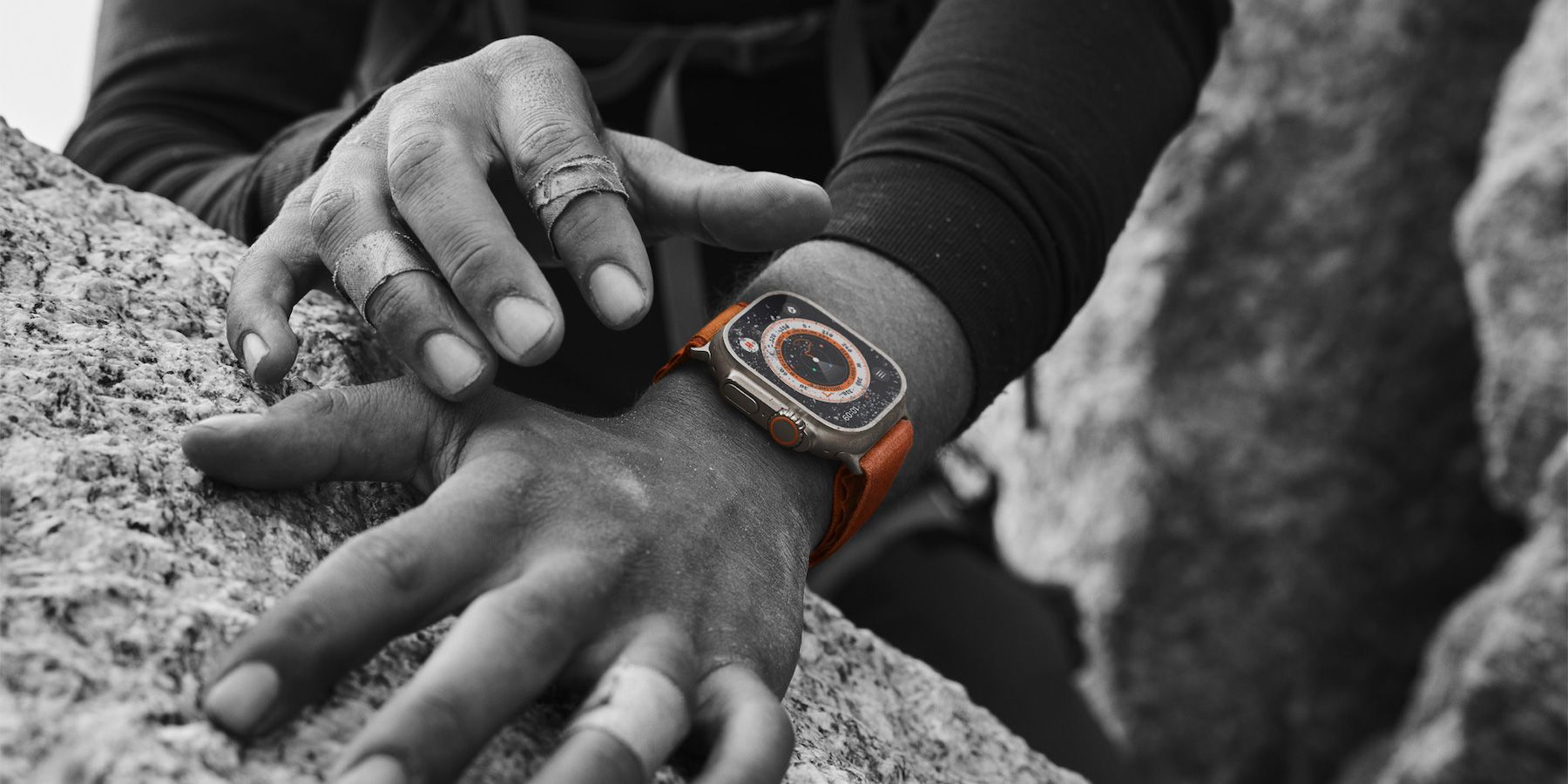Apple Watch Ultra’s massive feature set also includes dual-band, L1 and L5 GPS signals. So is this idea as valuable and innovative as it sounds?
The Apple Watch Ultra is packed with features, but its dual-band, L1 and L5 GPS signal compatibility are easy to overlook. That may be partly because most people know very little about GPS signal standards, so it’s essential to see how valuable this addition is and what it means to potential owners of this beefy, new Apple smartwatch.
GPS standards are not the sexiest thing about expensive smartwatches. Society discusses smartphone signals quite readily as everyone argues about the advancement of 5G technology they likely don’t know already exists in their neighborhoods. There’s nothing nearly as divisive happening in the world of GPS communication standards, but part of that is also because much of the standard GPS spectrum isn’t available for civilian use.
At its core, the important thing to know about GPS as it’s implemented in smartphones is most phones use the L1 signal. L1 has been around the longest and is the most prevalent. The signal is split into two parts: the P-code for military use and the C/A-code for civilians. As expected, the P-code is more accurate than the civilian signal, which contributes to the ineffectiveness of phone GPS, leading to those annoying “recalculating” moments. This leaves room for L5, the newest standard, to step in and improve the accuracy of civilian GPS. It can be faster, less prone to interference, and even require less power when projected over long distances than L1. While the advantages of L5 GPS are clear, the reveal that it’ll be packed into Apple Watch Ultra is mostly just a fancy marketing statement at this stage.
What L5 GPS Brings to Apple Watch Ultra
L5 is still in its infancy, and as such, it’s effectively useless on its own. The dual-band frequency option of Apple Watch Ultra addresses this by using L5 and L1 simultaneously to create the most reliable GPS readings on the market today. It’s worth noting, though, that iPhone 14 Pro and multiple other smartphones have this exact implementation, so this is also another case of Apple infamously introducing a feature while implying it’s brand new. There are certainly more useful Apple Watch Ultra features than this.
Still, there’s no negative to having dual-band GPS on a device, and it’s beneficial on a smartwatch… potentially. Apple’s example use case makes sense, at least. Runners competing in a marathon are typically surrounded by skyscrapers which are known to cause interference with L1 signals. Furthermore, there are highly rural areas where L5 has coverage and L1 doesn’t, so this fits in with Apple’s focus on keeping users connected in emergencies. Dual-band GPS devices could mitigate those issues. Ultimately, given that a limited number of GPS satellites are in orbit anyway, all devices will eventually move to implementing both signals or sticking with L5 exclusively, so Apple Watch Ultra is slightly ahead of the curve.
Source: Apple






